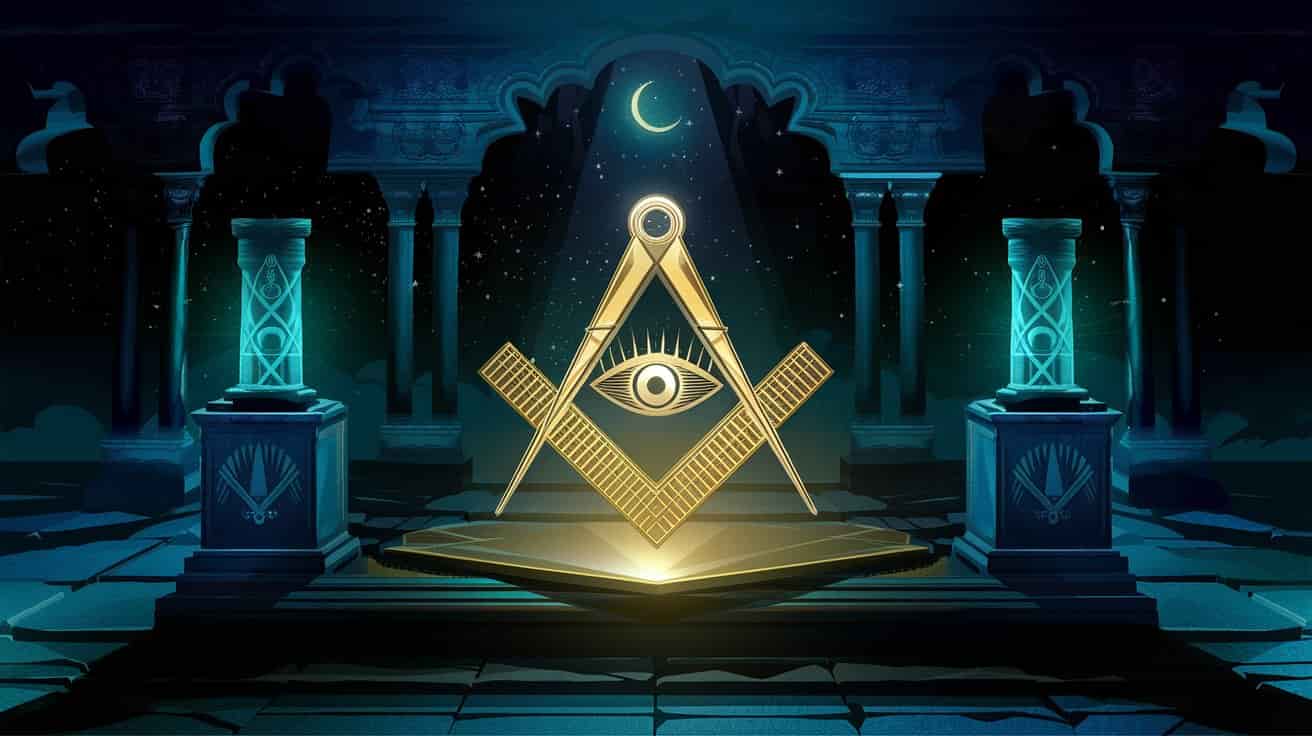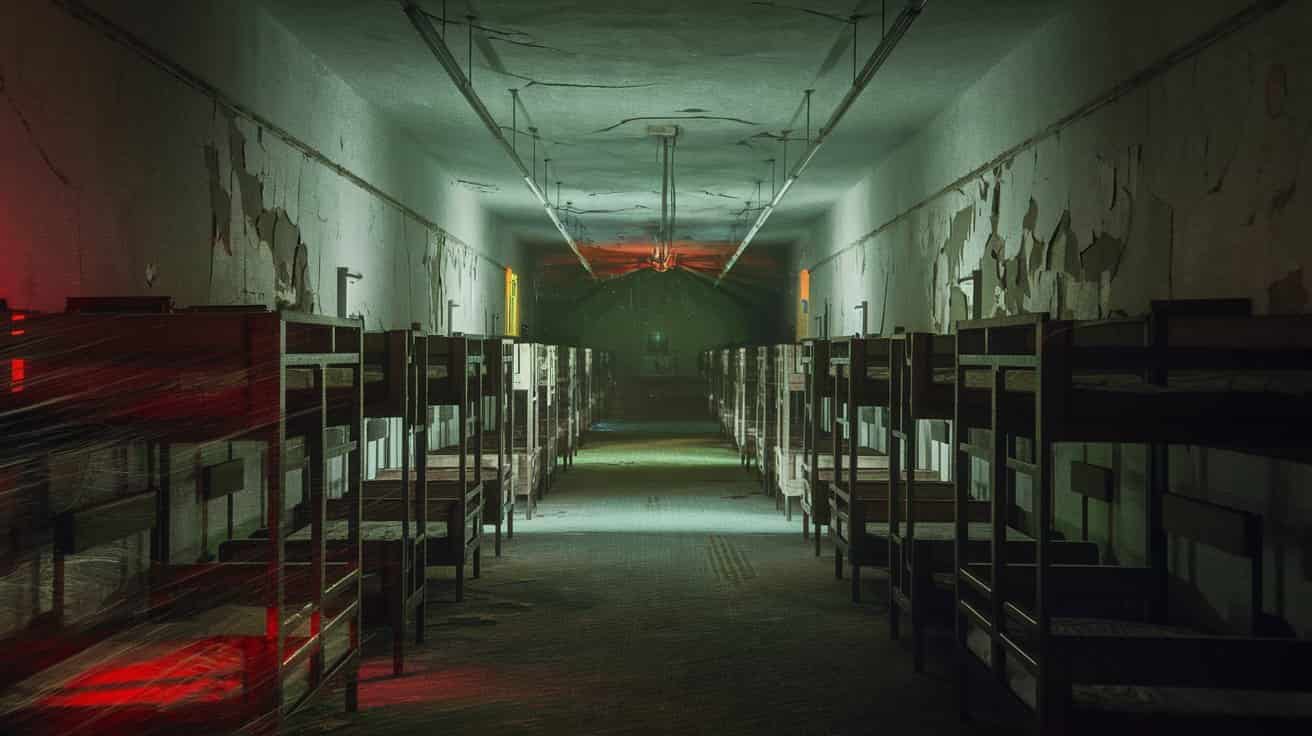The Origins of Halloween and Witches: Traditions and Truths
Halloween, celebrated annually on October 31st, is a festival enjoyed by people around the world with fun and vibrant festivities. However, the origins of this cheerful celebration are deep and complex. Understanding the history of Halloween and witches sheds light on the traditions behind this event and the mythology surrounding witches.
The History of Halloween
Halloween’s roots can be traced back to the ancient Celtic festival of Samhain. This festival was celebrated on the night before the Celtic new year, which is November 1st, marking the end of the harvest season and the beginning of winter. During Samhain, it was believed that the boundary between the living world and the spirit world was thin, allowing spirits to cross over. To ward off these spirits, people lit bonfires and donned frightening costumes.
With the advent of Christianity, the Samhain festival was transformed into All Hallows’ Day (also known as All Saints’ Day) in the 8th century by the Catholic Church. The night before became known as All Hallows’ Eve, which eventually evolved into Halloween.
Witches and Witchcraft Legends
One of the most intriguing aspects of Halloween is the concept of witches and their history. The notion of witches has varied significantly across cultures and eras. In medieval Europe, witches were often depicted as malevolent individuals with supernatural powers. The witch hunts of this period were driven by social and religious conflicts, leading to the persecution of many women who were accused of witchcraft.
Witch legends are deeply rooted in ancient pagan beliefs and local folklore. Historically, witches were sometimes seen as evil and sometimes as benevolent. European witch folklore, in particular, reflects societal and cultural norms of the time. These legends were also influenced by ancient beliefs in magic and shamanism.
Halloween Traditions
Today, Halloween is celebrated with costumes, trick-or-treating, and various festivities. Many of these traditions have their origins in historical witchcraft legends and the Samhain festival. People dress up in spooky costumes and create eerie masks to evoke the spirits and witches of ancient times. Additionally, the pumpkin lanterns, or “jack-o’-lanterns,” placed on doorsteps or porches, are one of the most recognizable symbols of this celebration.
Halloween represents a rich cultural heritage formed by the fusion of ancient Celtic traditions and witchcraft legends. The Samhain festival and witch folklore provide insight into the deep history and traditions behind this festive holiday. Each year, as we celebrate Halloween, we can appreciate the traces of the past and how these historical traditions have evolved into modern festivities.



Post Comment